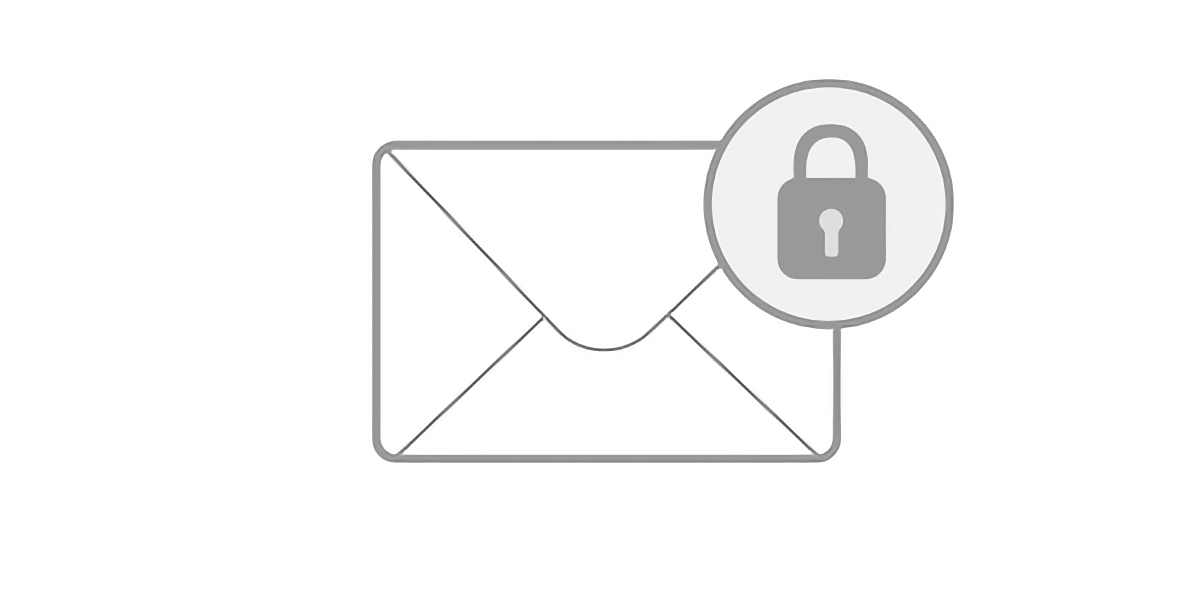

There are a number of different ways to send secure email attachments that are completely private. How do you send an encrypted email attachment? By encrypting your data with E2EE, it is impossible for the email provider to give the authorities access to the private contents of your emails, even if it is approached with a warrant. In addition, E2EE protects your data against being snooped on by the email company itself, which are known to sometimes analyze the contents of email inboxes (and potentially even share that information with third parties) for marketing reasons or for purposes of developing new products and services.įinally, end-to-end encryption ensures that your emails are safe against the potential of government surveillance. Because, even if they do, your private information is already secure. The great thing about this kind of encryption is that you don't need to worry about cybercriminals attacking your email provider's servers. Without this key, the data in the attachment is an indecipherable mash of data, meaning that whatever is contained within the attachment is completely safe and private. This ensures that the data cannot be intercepted, and is not available to anybody – whether in transit or when it is received by the recipient's email provider.Įnd-to-end encryption (E2EE) works by encrypting the attached data with a key that is only known to the sender and the recipient. This type of encryption happens locally on your machine so that the data is already secure when it is transported over the internet. This includes things like names, addresses, payment details, intellectual property, R&D data, and anything else that the company needs to communicate in such a way that it remains completely private and secure.Įnd-to-end encryption is a form of encryption that ensures your data is securely scrambled to make it inaccessible to anybody but the sender and the recipient. The same is true of important personally identifiable information, IDs, payment details – and anything else that can potentially be leveraged to engage in fraud or identity theft.īusinesses also often need to send secure email attachments either to protect sensitive business information or to communicate consumer-related data in such a way that it is secure and compliant with data privacy regulations. Personal and private information of a sensitive nature should not sit around on company servers in plain text, because this results in the potential for data leaks or breaches. People have a multitude of reasons for wanting to send secure email attachments. What kind of email data needs to be secured?


 0 kommentar(er)
0 kommentar(er)
